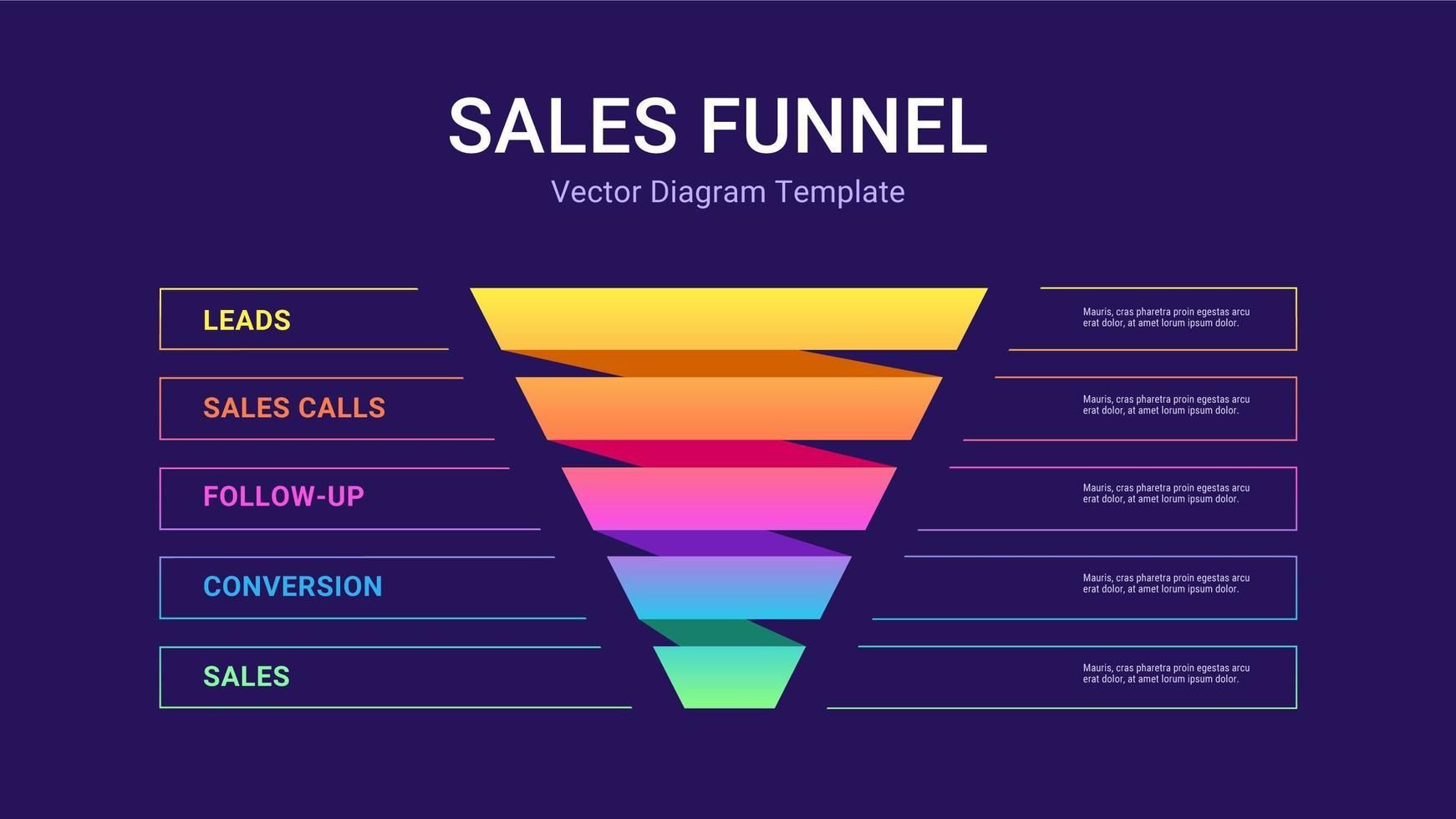How to Make Money in the Metaverse
Here's 10 Ideas to Help You Make Profit in the Metaverse
Web 3.0 brings much promise to the internet as we know it. However, there are still quite a few challenges to overcome before the metaverse is ready for the average user. Here are 10 simple ways that you can get involved in metaverse marketing now:
1. Make Your Own Virtual World
The metaverse hangs on one key building block - the ability to create your own virtual world. In metaverse parlance, this is known as a 'grid'. Although many grids have been launched in the past two years, they are still fragmented and isolated from one another. There is a push for open standards that will allow grids to interconnect with one another. While there is no formal metaverse market, there are metaverse hosting services available online.

2. Develop for the metaverse
Another key to the metaverse is developing content that can run on these grids. To begin with, it will be similar to web development - HTML5 and JavaScript for your front end experiences, PHP/MySQL for metaverse databases and Rails/NodeJS to develop user management and administrative scripts. However, as metaverses become more complex and data sets increase, we believe we will see these web technologies replaced by app engines such as Google Go or Scala - much like you would expect from mobile app developers today.
3. Open Source Software Development
There is a huge emphasis in the metaverse industry on open sourcing software code so that metaverse grids can interconnect. Much like the web, metaverses are built on top of open source code. We are hoping to see much more open source metaverse software in 2014 as people can contribute back to their favorite metaverse by way of patches and new features.
4. Metaverse Theming
One of the easiest ways to get involved in metaverse marketing is to create themes for existing metaverses. This works in much the same way you would purchase a WordPress theme - it adds another layer on top of an existing CMS (content management system). While there aren't many sources for metaverse theming, we expect this trend to explode over the next 6-12 months as developers find easier ways to create themes that work across metaverses. Additionally, metaverses are looking at providing standard metaverse themes to grid owners as a way of helping them create more powerful metaverses for their users.
5. VR Visualization Tools
One of the challenges in metaverse marketing has been creating compelling content that you can visualize - especially when it comes to real estate and other physical space products. While web browsers are quickly adding support for virtual reality headset technologies, there is still some lag here with the metaverse industry standards. That said, tools are starting to be released that help developers create VR visualization experiences without having dedicated technology support. Metaverse marketing managers need look no further than their existing 3D design software - Autodesk's Maya being one of my favorites, as these now have metaverse plugins that let you visualize metaverses from within your existing tools.
6. Measuring KPIs in the Metaverse
With the metaverse's open source nature comes a unique challenge for metaverse marketing managers - how to measure effectiveness across metaverses. Right now, every metaverse is different and their data storage capabilities vary considerably. We expect this to change over time as standardized metaverses emerge that share similar database types. However, measuring success in these early stages will be a challenge that marketers must overcome if they want to help drive content creation for virtual worlds.
7. Metaverse Analytics
There are several new web analytics products being built around the metaverse industry at this stage - most of which are metaverses themselves. There is currently no metaverse that has emerged as the de facto industry standard like Google Analytics has online, but we expect this to change over time. As metaverses start to release more statistics and data back to grid owners and marketers, we expect metaverses to emerge as the analytics platform of choice for virtual worlds managers.
8. Social Networking in metaverses
If you thought squeezing value out of social channels like Facebook and Twitter was hard today, just wait until metaverse marketing managers have to deal with another dimension of social media! At this point it's unclear how metaverse users will want to interact socially with each other - whether it be through a group chatroom-type experience or something more similar to existing metaverses. If metaverses do become more social, then it's likely that metaverse communities will have very specific behavior patterns that metaverse marketers must understand in order to reach them effectively with their metaverse marketing campaigns.
9. Gifting Within Metaverses
Given the variety of currency systems within metaverses today, there is no standard for gifting between different metaverse users - meaning marketers are left rolling up their own code or finding third party support for this most basic of transactions. Fortunately, with the flexibility of metaverse platforms developers are building ways to handle these micro-transactions so you don't have to build your own custom system. As metaverses gain traction over time we expect this transaction to go mainstream and become defined by metaverse platform standards.
10. Custom Mining Hardware
While metaverses don't have any concept of mining for cryptocurrency, many metaverses have some sort of metaverse-specific currency that has a value associated with it within the metaverse economy. If your metaverse is using a blockchain cryptocurrency or a non-blockchain cryptocurrency, then there might be a market for custom hardware devices that mine coins in the metaverse! If you're designing such a system keep an eye on existing metaverses to see if they have their own way of merging this into gameplay systems across worlds - otherwise your product might not resonate as well with gamers!




















